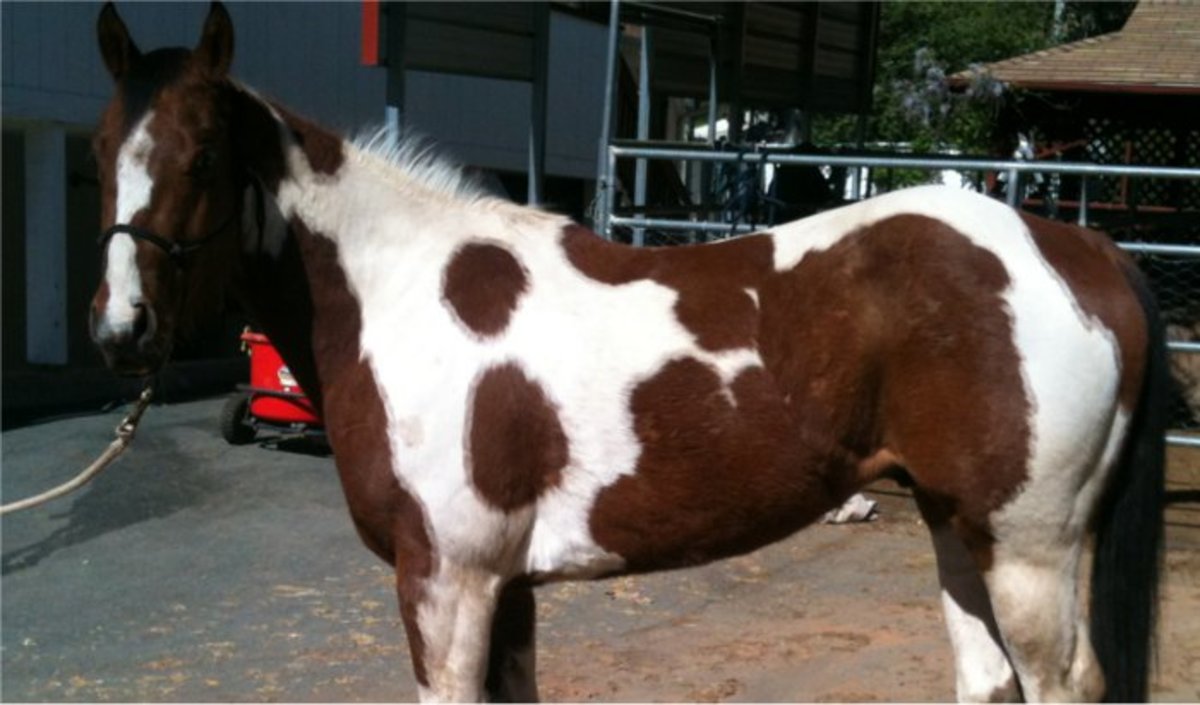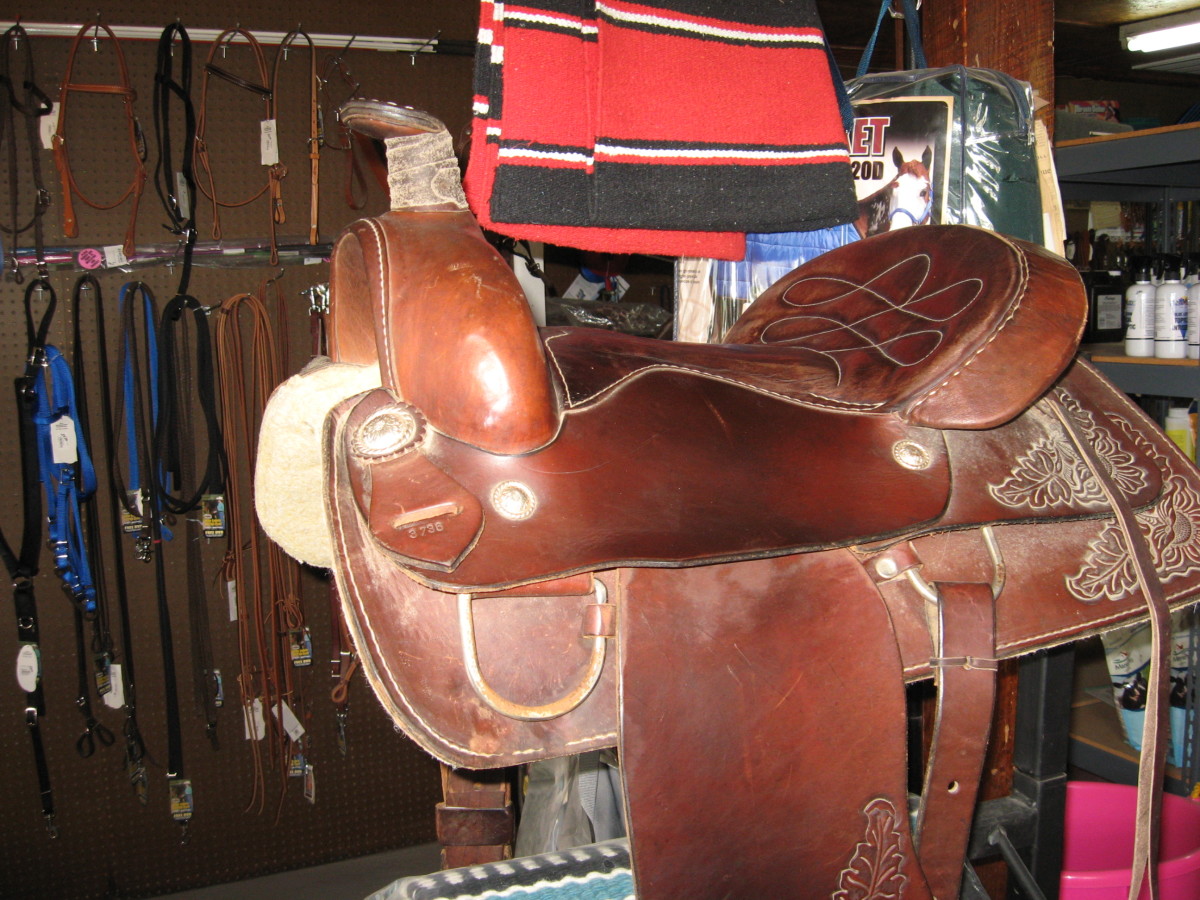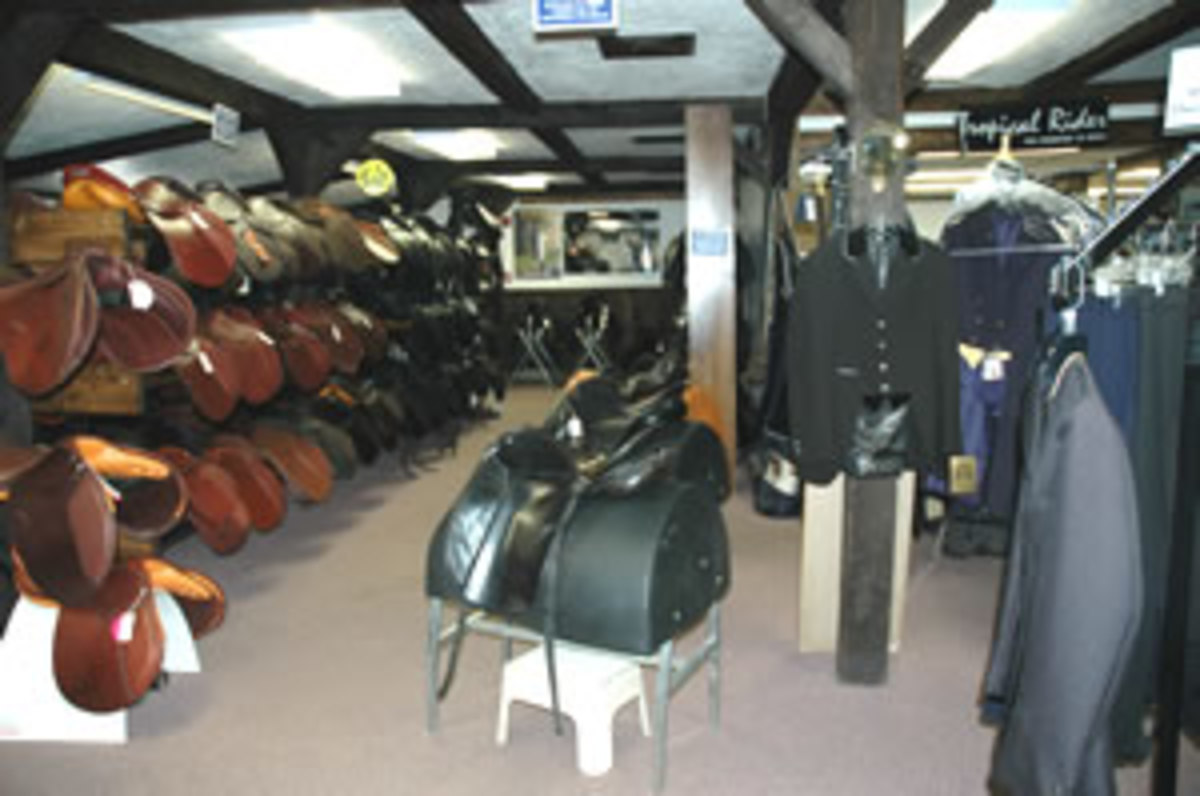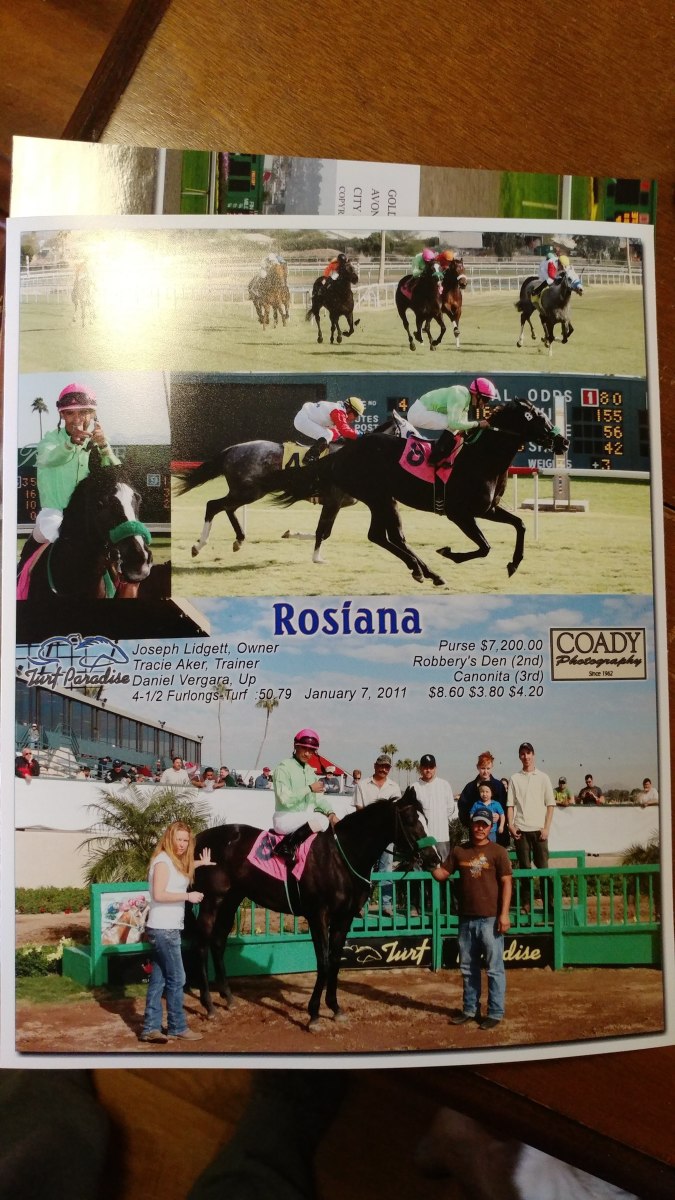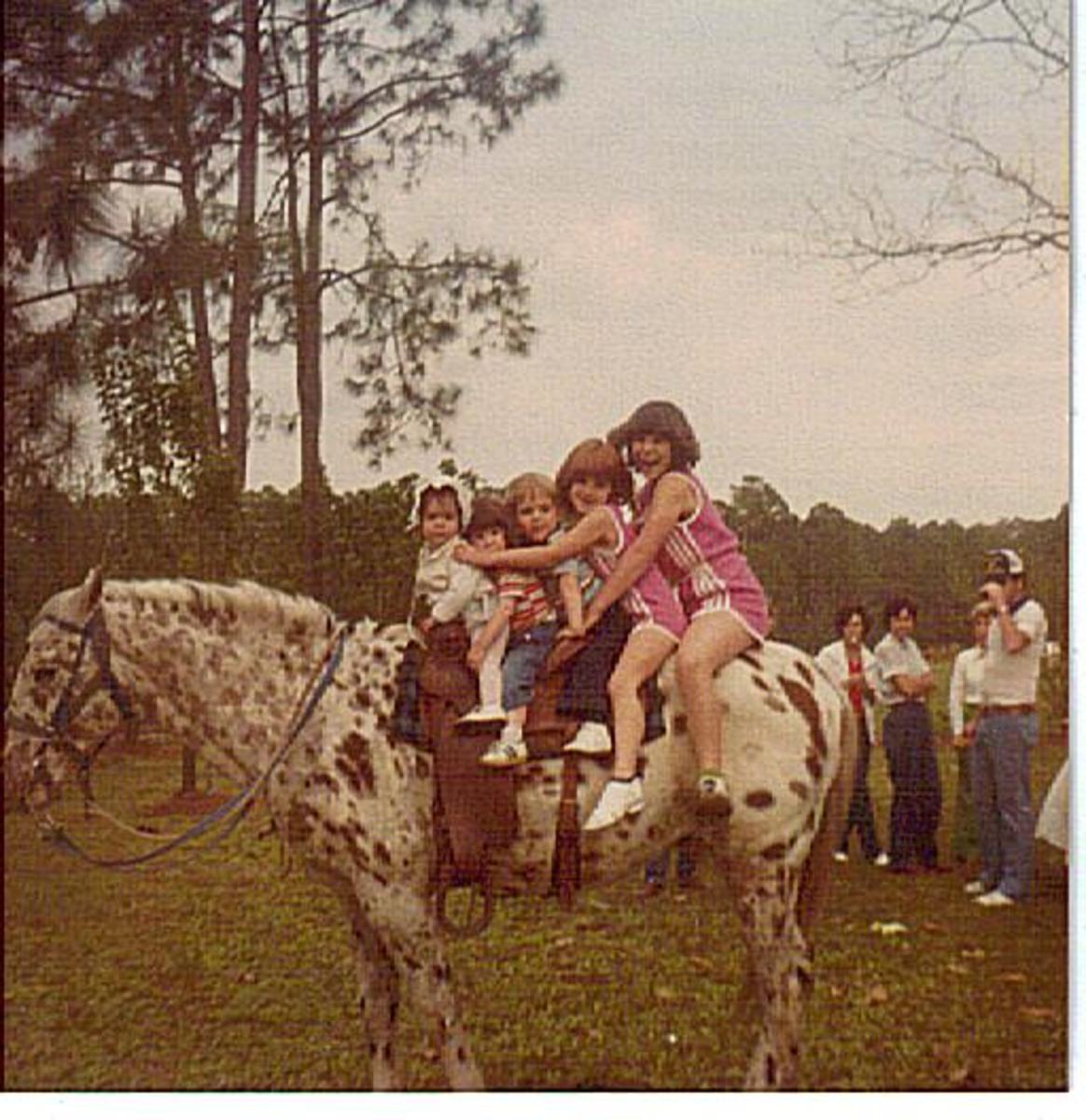Horse Disease Focus - Cold Back
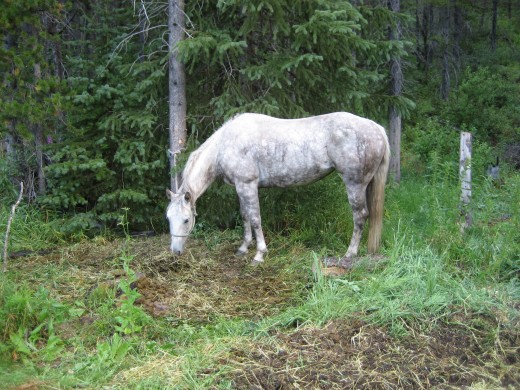
What is 'cold backed'?
Cold backed is not a disease so much as a syndrome. It is a term horsemen use to refer to a specific set of symptoms. These symptoms generally indicate a problem with the horse's back. Some people also use 'cold backed' for a horse that bucks at the start of a ride, although this can also indicate freshness or excessive energy.
Symptoms
A cold backed horse reacts excessively when its back is touched. The primary indicator is the horse dipping its back when the saddle is placed on its back, when the girth is tightened, when the rider mounts or all three. Some cold backed horses may even fall over completely or crouch so low their belly almost touches the ground.
Other symptoms include flinching when the back is touched or groomed, moving away when the rider attempts to mount and being noticeably stiff and anxious at the start of a work session. A cold backed horse may buck, but is more likely to simply refuse to go forward. Also, some cold backed horses may refuse to flex in one specific direction or canter on one specific lead.
Causes
There are several possible causes for a cold back:
1. Back pain. A horse with a cold back may have misaligned vertebrae or other issues causing a sore back. If a horse suddenly becomes cold backed, then a call to the chiropractor is recommended.
2. The memory of past back pain. I once got on a horse who had been off for six months with a back problem. He was cleared for work by the vet and the chiropractor, but was still cold backed when I got on him. However, he was only cold backed for the first ride, then he returned to normal. IF the horse has been cleared to return to work, then cold backed behavior for the first ride after the injury should be considered normal. He knows that last time he did this it hurt.
3. Sensitive skin. Some cold-backed horses may have more nerve endings in their skin than 'normal' horses. This may be why cold back is slightly more common in Thoroughbreds, that tend to have sensitive skin.
4. A poorly fitting saddle. Your horse may simply be trying to tell you the saddle you put on him doesn't fit. A saddle that pinches the withers is particularly likely to cause cold back.
5. Pain in the teeth or low grade lameness causing the animal to change its posture in a way that causes tension through the spine.
6. The rider. If the rider's position and posture are poor or the rider is crooked, that may cause cold back symptoms to develop. In some cases, it may be the rider who needs to visit the chiropractor.
Treatment
The first step is to check the fit of the saddle. Make sure that the channel gullet is clear, that the saddle does not interfere with the horse's shoulder, and that the saddle is neither too big nor too small. Sometimes a horse can change shape and a saddle that fitted no longer does.
The second is to have the horse checked out by a vet and a chiropractor. Most likely, the problem is in the horse's back, but it's worth checking the teeth, legs, hooves and even the tail. Do not ride the horse until it has been checked out.
Cold backed horses, especially those that show no obvious physical problem, generally appreciate a sheepskin numnah and girth sleeve. They should not be ridden with no numnah or saddle cloth at all.
Finally, have somebody check your form. Make sure you aren't constantly riding crooked. Some people may actually have one leg enough shorter than the other to make up an entire stirrup leather hole.
A cold backed horse can be fixed, although those with sensitive skin will always need padding between their back and the saddle.
Any horse that has ever shown these symptoms should not be mounted from the ground. (I recommend avoiding mounting from the ground with all horses as it can cause misalignments and can also increase wear and tear on the rider's hips and shorten the life of saddles).
One final recommendation is that if a horse is being rehabilitated after a back injury then the first rides should be kept short. Walking the horse around in the saddle before getting on helps. If you ride English, consider riding the horse in two point to start with, as this distributes the weight better and often helps the horse relax and realize that its back doesn't hurt any more.

